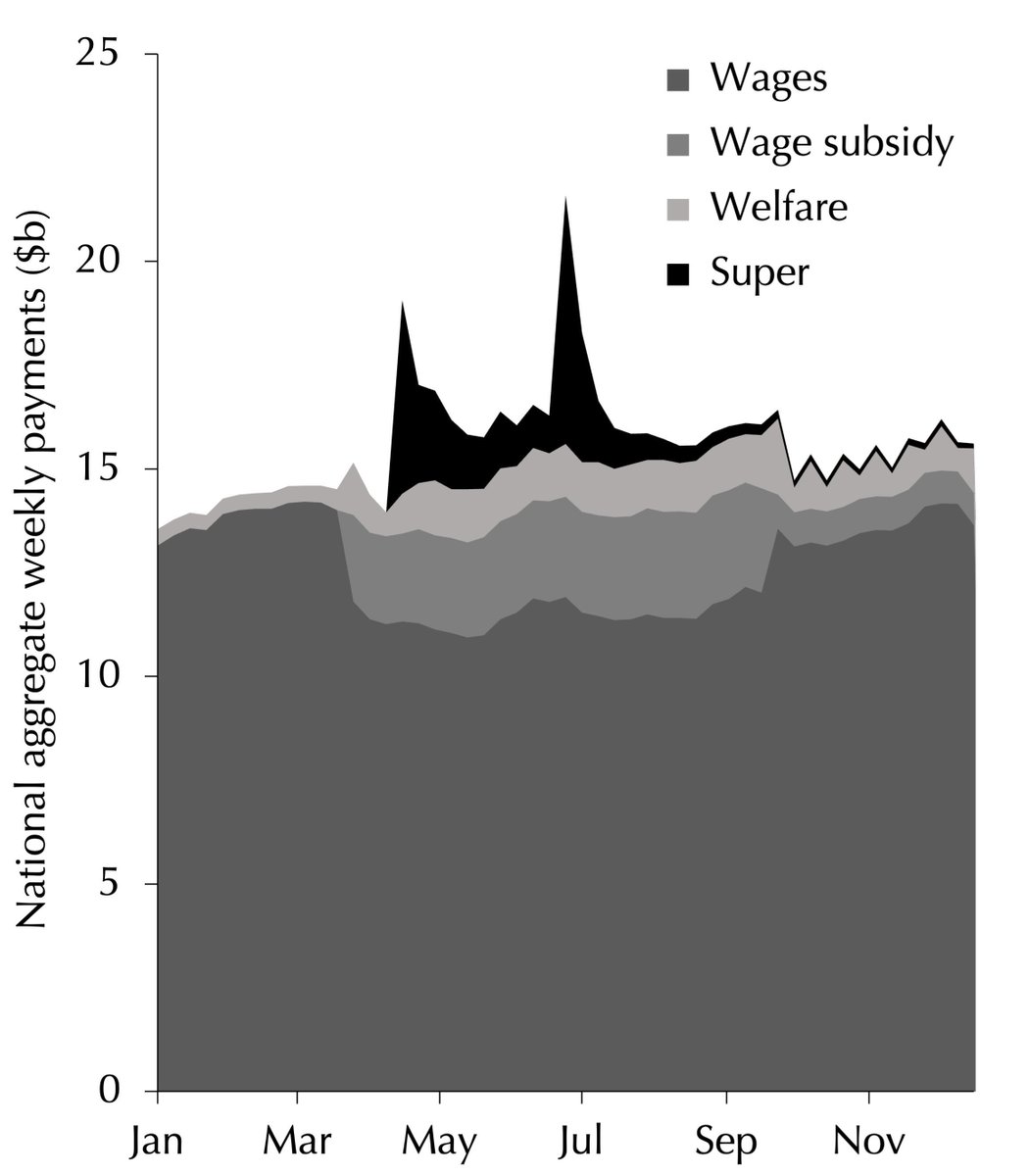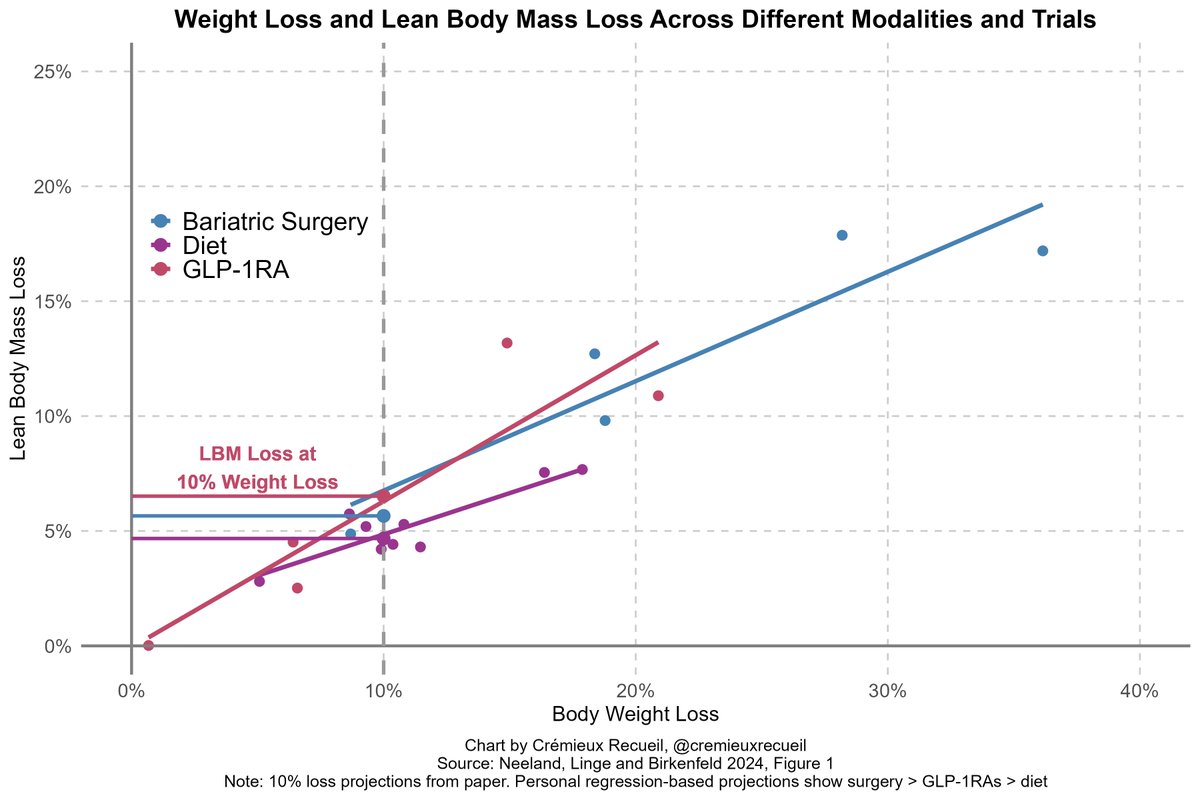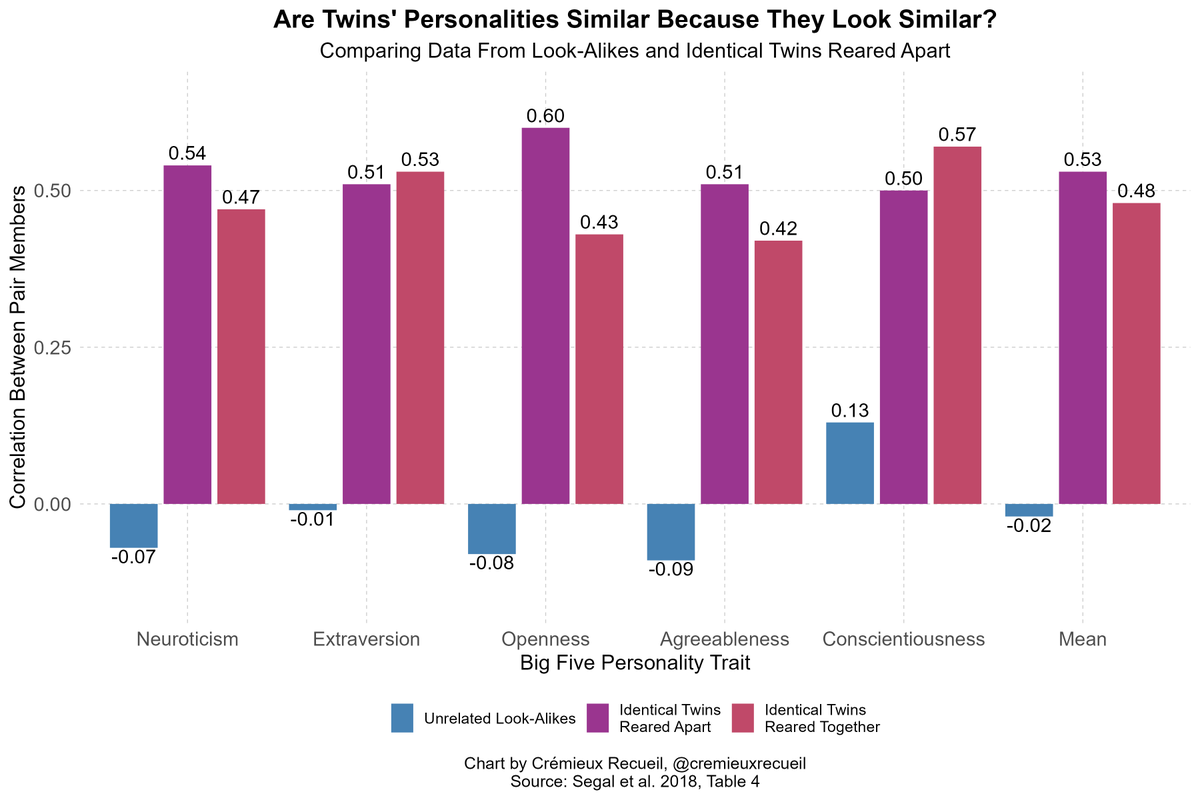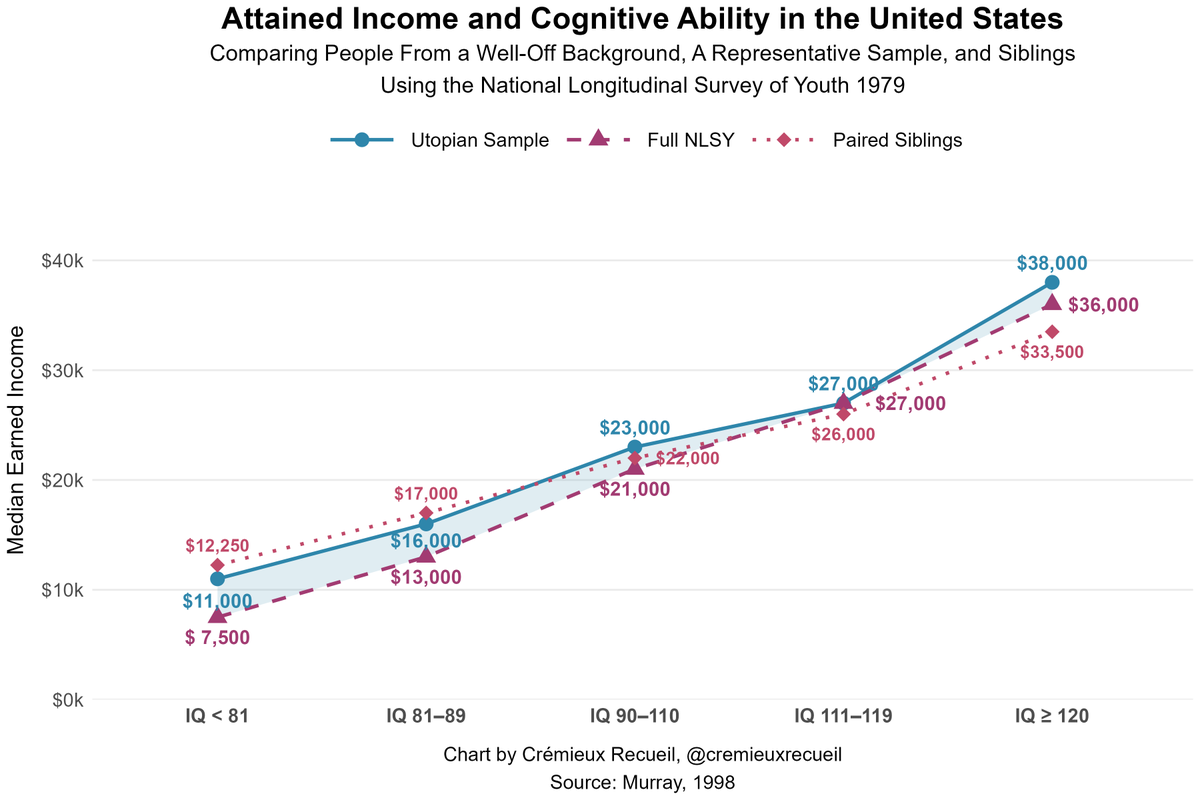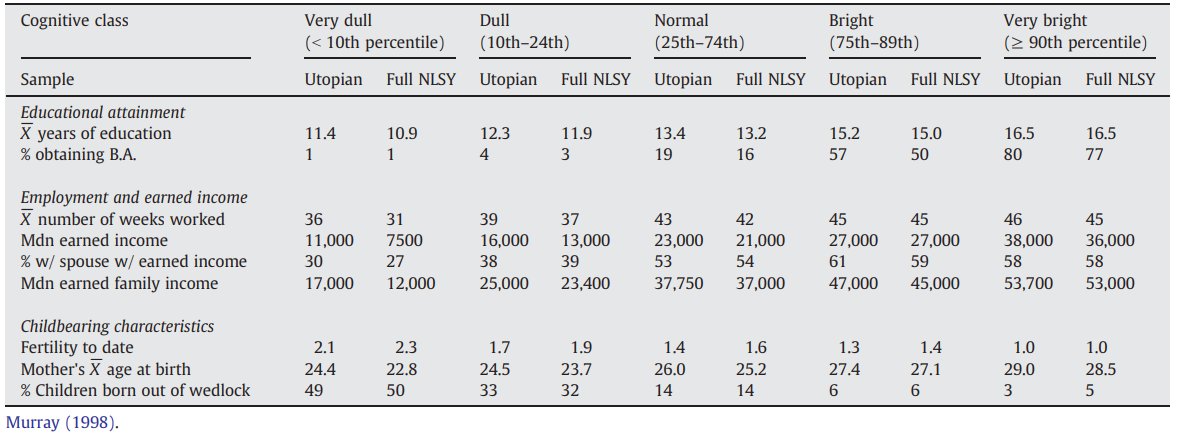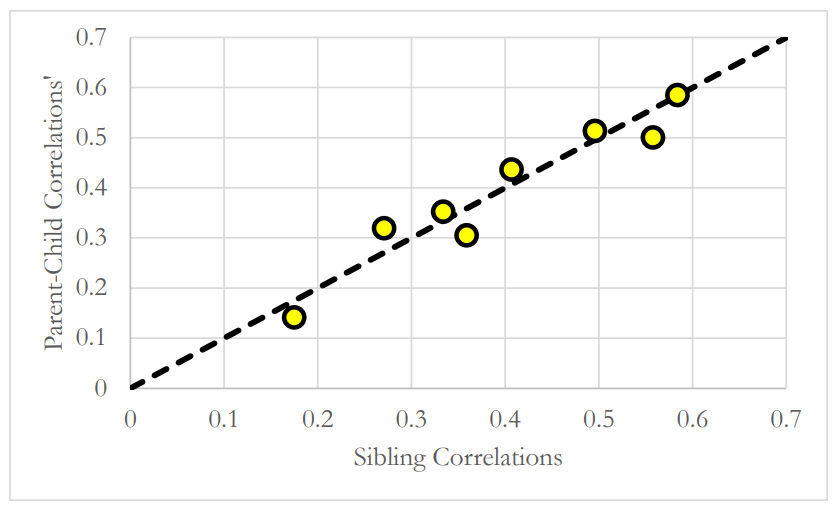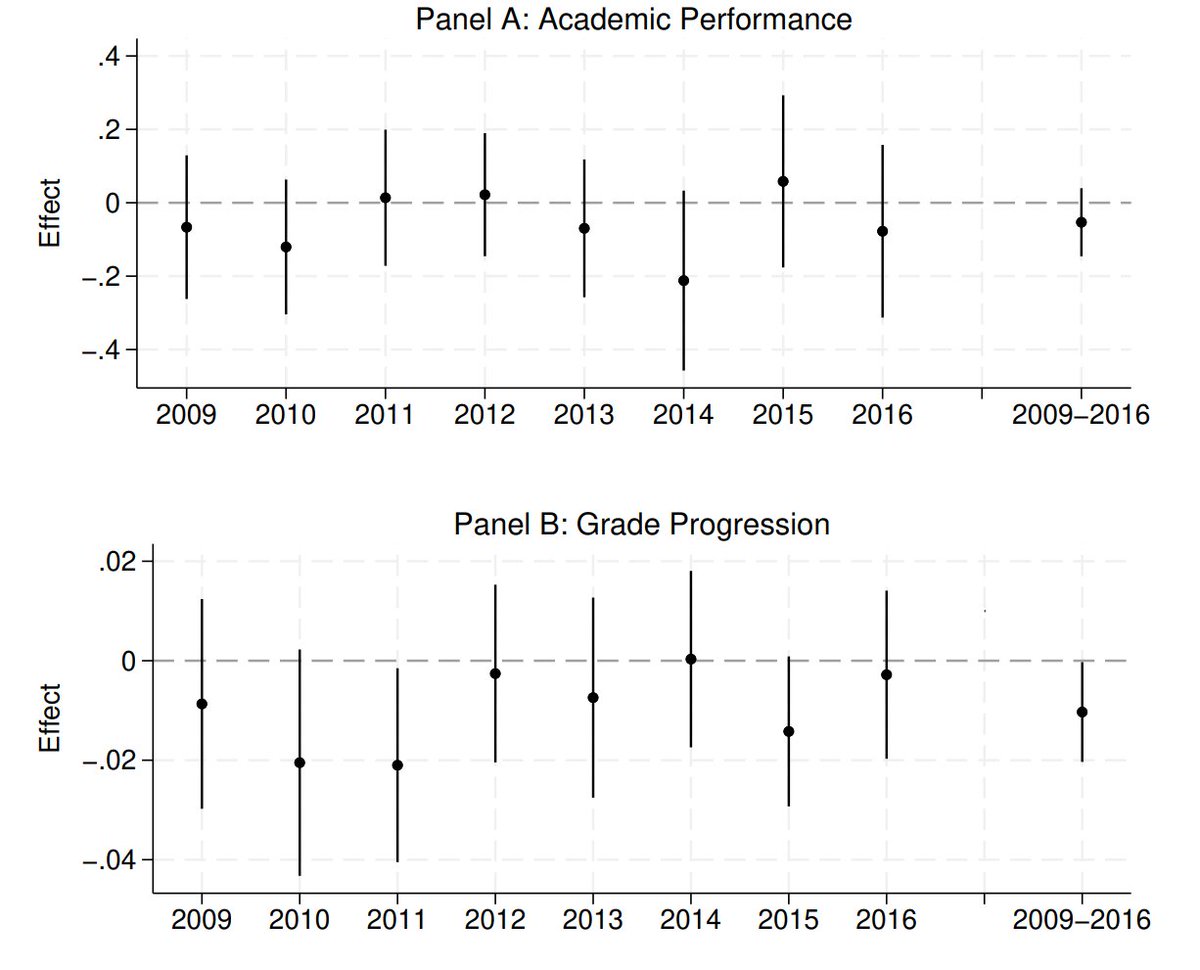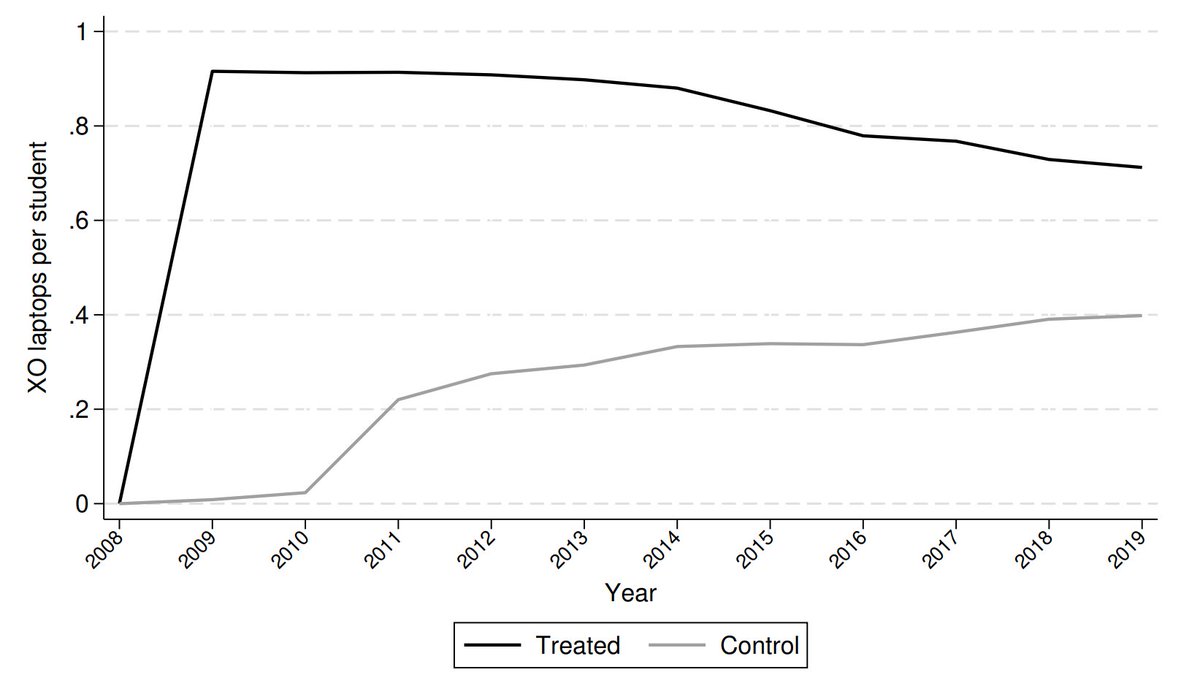Paleo artists often "shrink wrap" fossilized animal depictions
The T-Rex, Utahraptor, Triceratops—popular depictions of each of these animals shows skin so close to bone that it might be unrealistic
So let's shrink-wrap existing animals🧵
Can you guess what this is?
The T-Rex, Utahraptor, Triceratops—popular depictions of each of these animals shows skin so close to bone that it might be unrealistic
So let's shrink-wrap existing animals🧵
Can you guess what this is?

Preemptive note: All of this artwork is from C.M. Koseman, whose book (which is way more extensive than this thread) and some other material is linked at the end of the thread.
The last animal was a rhinoceros—the thing with the cooling heat sail!
Any idea what this animal is?
The last animal was a rhinoceros—the thing with the cooling heat sail!
Any idea what this animal is?

That last one might seem to be a dog, but it's actually a horse.
It's not so clear what this graceful beast might be.
It's not so clear what this graceful beast might be.

That metal-breaker was a hippopotamus.
This pack-hunting animal has a killer stare and wields a set of five switchblade claws on its forefeet. What might it be?
This pack-hunting animal has a killer stare and wields a set of five switchblade claws on its forefeet. What might it be?

That was the house cat.
This one's a bit more mysterious, and clearly adapted to be a stealthy predator, right?
This one's a bit more mysterious, and clearly adapted to be a stealthy predator, right?

If you guessed that was a spider monkey, kudos to you. Future paleontologists might consider it an arboreal variation on humans, its cursorial relatives.
What of this one? It's not clear to future paleontologists if it's quadrupedal or bipedal.
What of this one? It's not clear to future paleontologists if it's quadrupedal or bipedal.

That's the toad, which paleontologists might consider to be a long-legged forest ambler.
Any idea what this one is? Without preserved feathers, guessing might be hard!
Any idea what this one is? Without preserved feathers, guessing might be hard!

If you guessed "Vulture", you're correct. But you probably didn't guess that!
You almost certainly won't guess this one.
You almost certainly won't guess this one.

That was a species of casque-headed hornbill, and paleontologists might suspect they use the casque for mating rituals. But we don't even know what they do with them in many cases today!
How's about this twofer? Note predator and prey:
How's about this twofer? Note predator and prey:

If you guessed the "Swan" and the "Tadpole" (mistakenly believed to be a form of fish), then you were right.
What about this cute little predator?
What about this cute little predator?

That was an iguana, and due to fur being found on other small vertebrates like rats, it's assumed to have fur too.
Who's this courser?
Who's this courser?

That was a rabbit, but we wouldn't know it because posture is poorly preserved in fossils!
Now this one is simultaneously reassuring and disheartening. What might it be?
Now this one is simultaneously reassuring and disheartening. What might it be?

That's a python, and it might be assumed to have feet to support its body, much like the lizards its skeleton resembles. After all, we only have fragmentary remains!
Who's this guy?
Who's this guy?

That's a manatee. Remember, habitats change. A sea creature might be found in what's now a forested mountain. We might also only have remains like skulls.
This guy has a balloon-like facial sac. What might he be?
This guy has a balloon-like facial sac. What might he be?

That's a bull elephant, and because no other animals have long, muscular appendages, he ends up with a face sac instead of his well-known trunk.
Time to dive underwater.
This one might seem to be a dolphin, but think outside the box.
Time to dive underwater.
This one might seem to be a dolphin, but think outside the box.

It's a sperm whale, incorrectly believed to be a hunter of large pray. You know, like sharks.
What's this kelp forest stalker?
What's this kelp forest stalker?

Why that's a bowhead whale of course! And as we know from its skeleton's extensible jaws, it must prey on animals as large as itself!
Going back to the land, who are we looking at now?
Going back to the land, who are we looking at now?

Because of its complicated nasal sinuses, the baboon might be assumed to have had venom glands and to have been a coursing hunter!
These guys have curved foot claws, sometimes serrated bills, and wings shorter than their legs. They must be vampiric!
These guys have curved foot claws, sometimes serrated bills, and wings shorter than their legs. They must be vampiric!

But that's not the case, it's just an odd animal. It's a hummingbird, the only animal in its strange niche, and thus a prime candidate for misinterpretation!
Finally, who the hell is this?
Finally, who the hell is this?

That might be the first example of shrink wrapping and distorting the fossil record: the animal proposed to be pre-flood man, or Homo diluvii by Johann Jakob Scheuchzer in 1726
But though he thought he had evidence for the flood, he was describing the fossil of a salamander!
But though he thought he had evidence for the flood, he was describing the fossil of a salamander!

How we think about ancient animals is probably distorted by a tendency to shrink wrap their depictions and a desire to find function in form.
But much of what we observe in animals today, we still can't explain. Skin also drags, and feathers and fur abound (but not universally).
But much of what we observe in animals today, we still can't explain. Skin also drags, and feathers and fur abound (but not universally).
If you want to see more on this subject, I recommend the whole book, which contains many more illustrations and details for all of them.
Get it here: amazon.com/All-Yesterdays…
Get it here: amazon.com/All-Yesterdays…
And if you're interested in speculation about possible futures, C.M. Koseman's All Tomorrows is spectacular. You can see it summarized on YouTube, here:
Koseman isn't the only person to have illustrated this issue either.
This opossum, for example, comes from the HowStuffWorks Tumblr:
Here's more: howstuffworks.tumblr.com/post/512612262…
imgur.com/a/BEz4r

This opossum, for example, comes from the HowStuffWorks Tumblr:
Here's more: howstuffworks.tumblr.com/post/512612262…
imgur.com/a/BEz4r

There is an error in describing sperm whales in the thread:
The issue is more that they would probably be thought of as behaving like sharks in the far future, but they're actually pretty social and frequently team players.
The issue is more that they would probably be thought of as behaving like sharks in the far future, but they're actually pretty social and frequently team players.
https://twitter.com/cremieuxrecueil/status/1773449071379767539
The artist for All Yesterdays and All Tomorrows has a Twitter account:
The opossum artist also has an account:
And the artist behind the inflated T-rex is apparently the creator of One Punch Man:
twitter.com/NixIllustration
twitter.com/NEBU_KURO
The opossum artist also has an account:
And the artist behind the inflated T-rex is apparently the creator of One Punch Man:
https://twitter.com/cmkosemen/status/1773465838135222659
twitter.com/NixIllustration
twitter.com/NEBU_KURO
• • •
Missing some Tweet in this thread? You can try to
force a refresh




